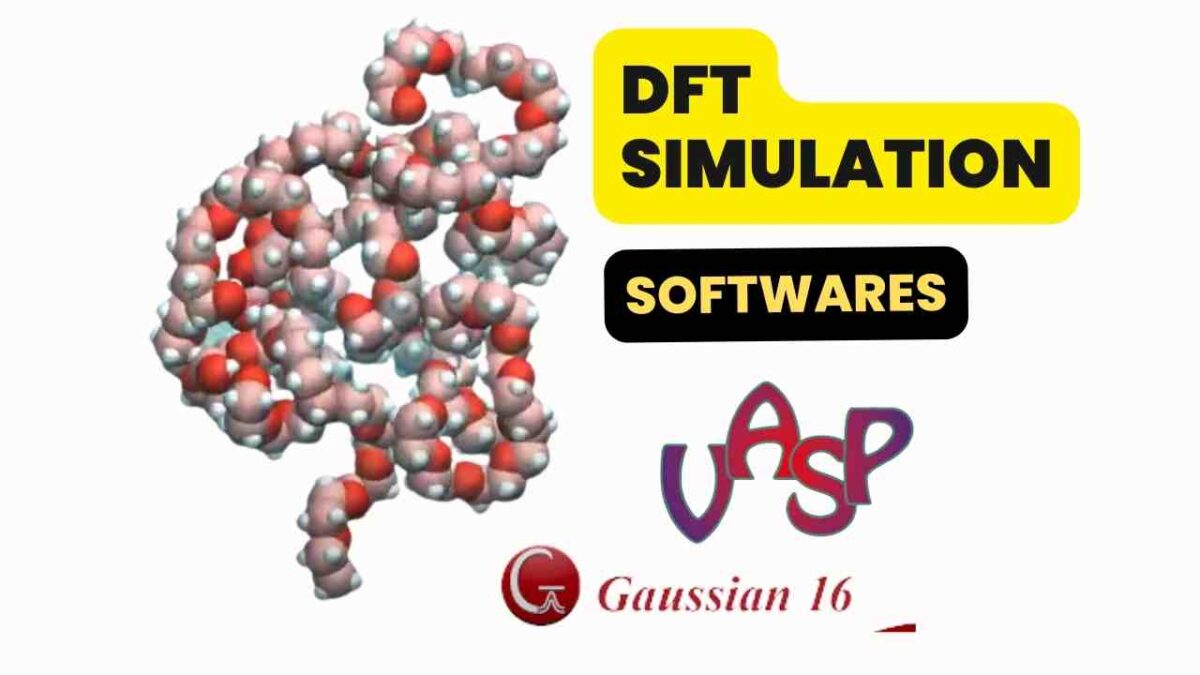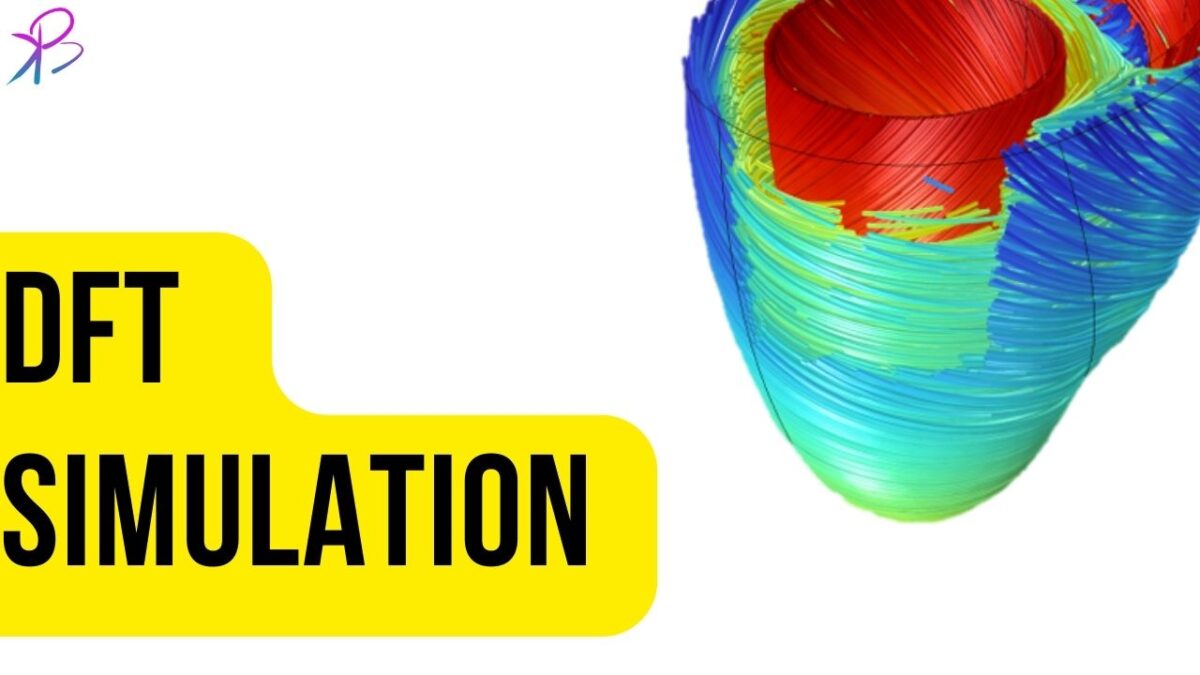Density Functional Theory (DFT) is a powerful computational method used in the study of electronic structures of atoms, molecules, and solids. The method, developed in the 1960s, has become increasingly popular in various fields, including chemistry, physics, materials science, and nanotechnology. This surge in popularity has led to the development of several DFT simulation software packages with a wide range of capabilities. In this article, we will review the best DFT simulation software and discuss their features, strengths, and applications


